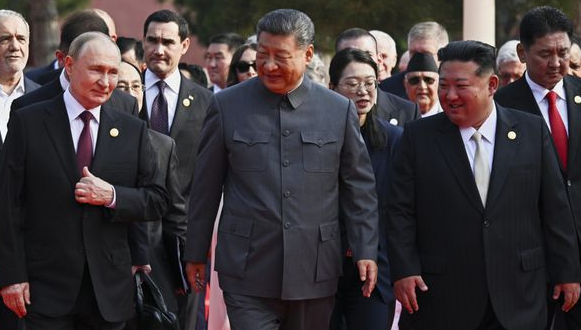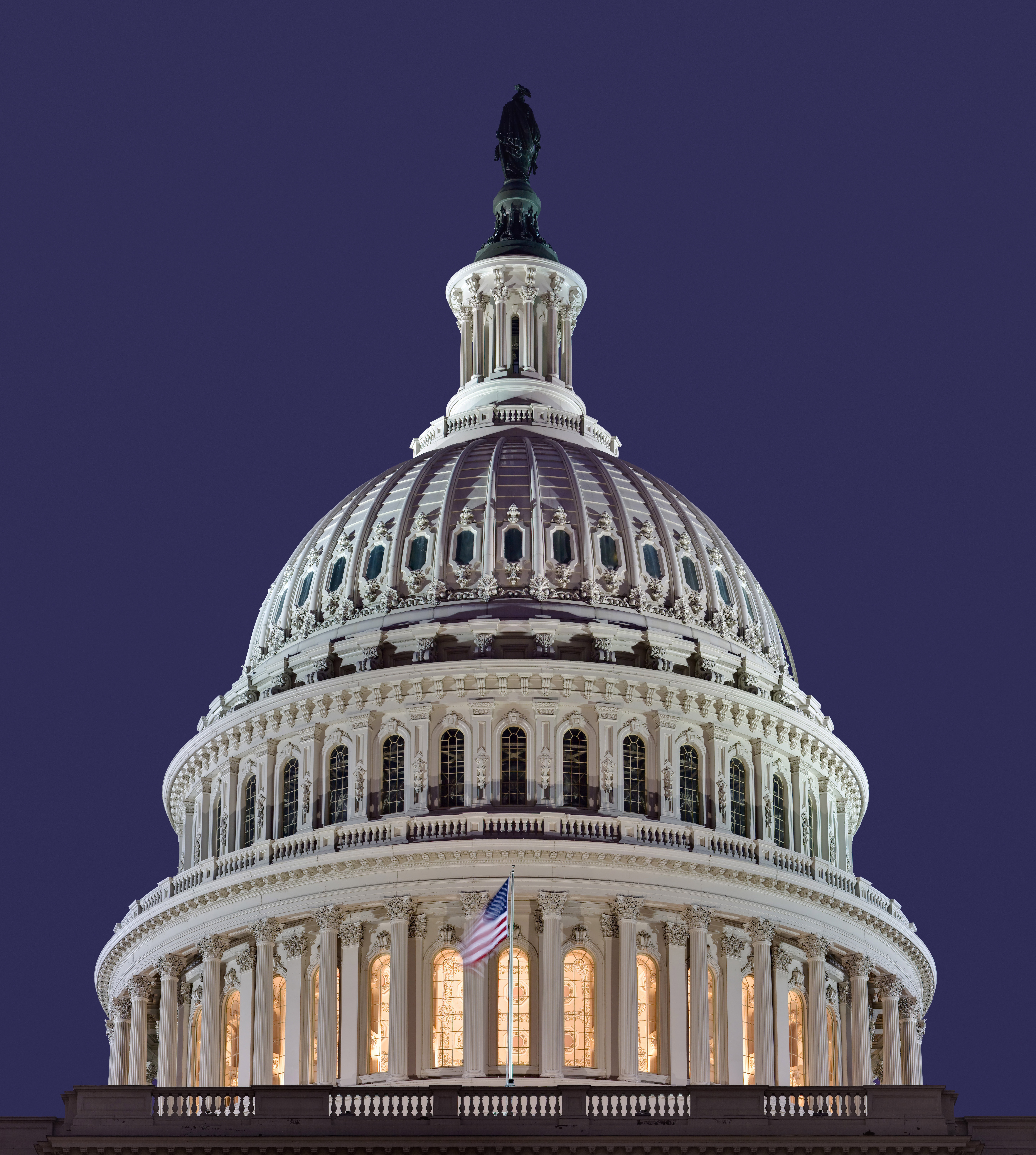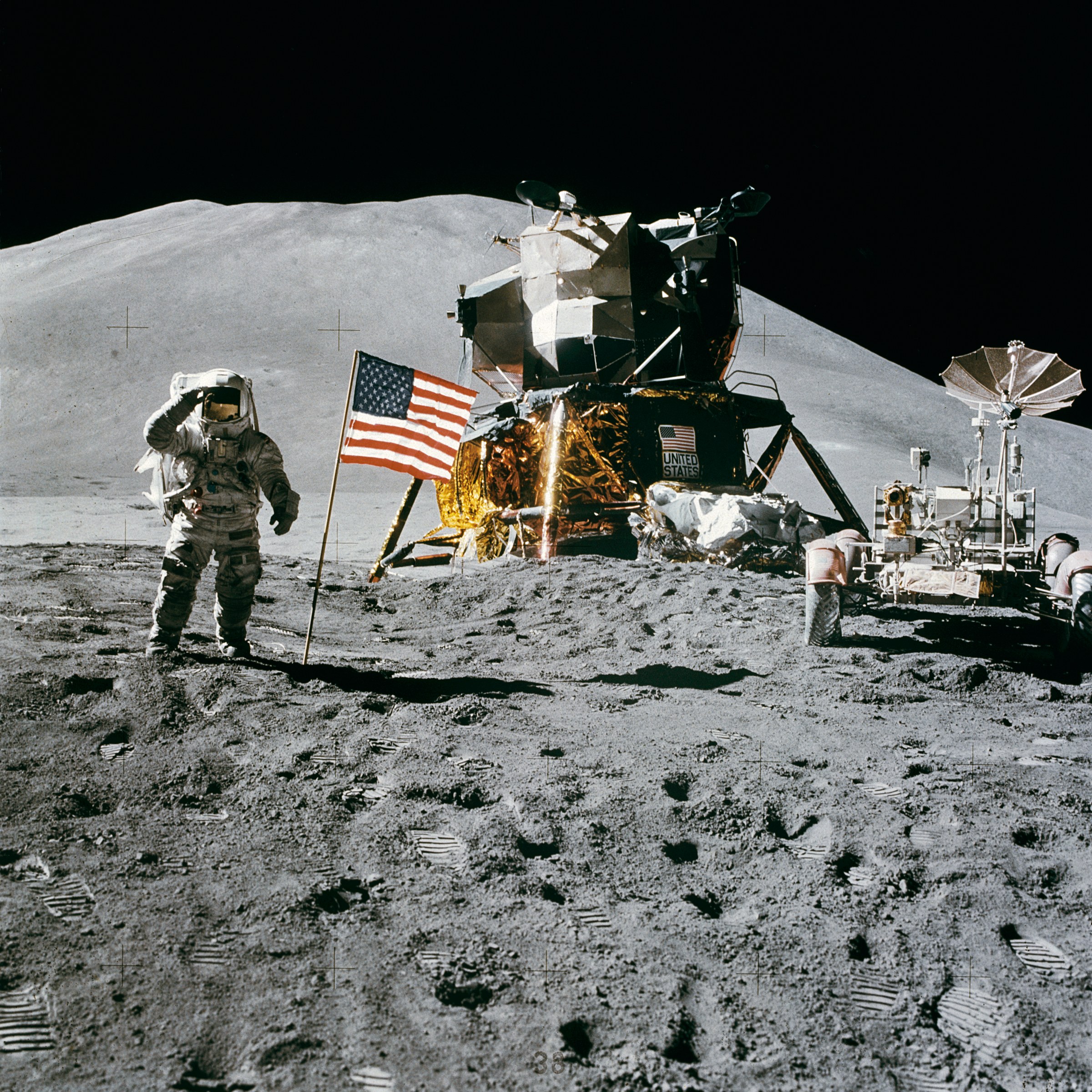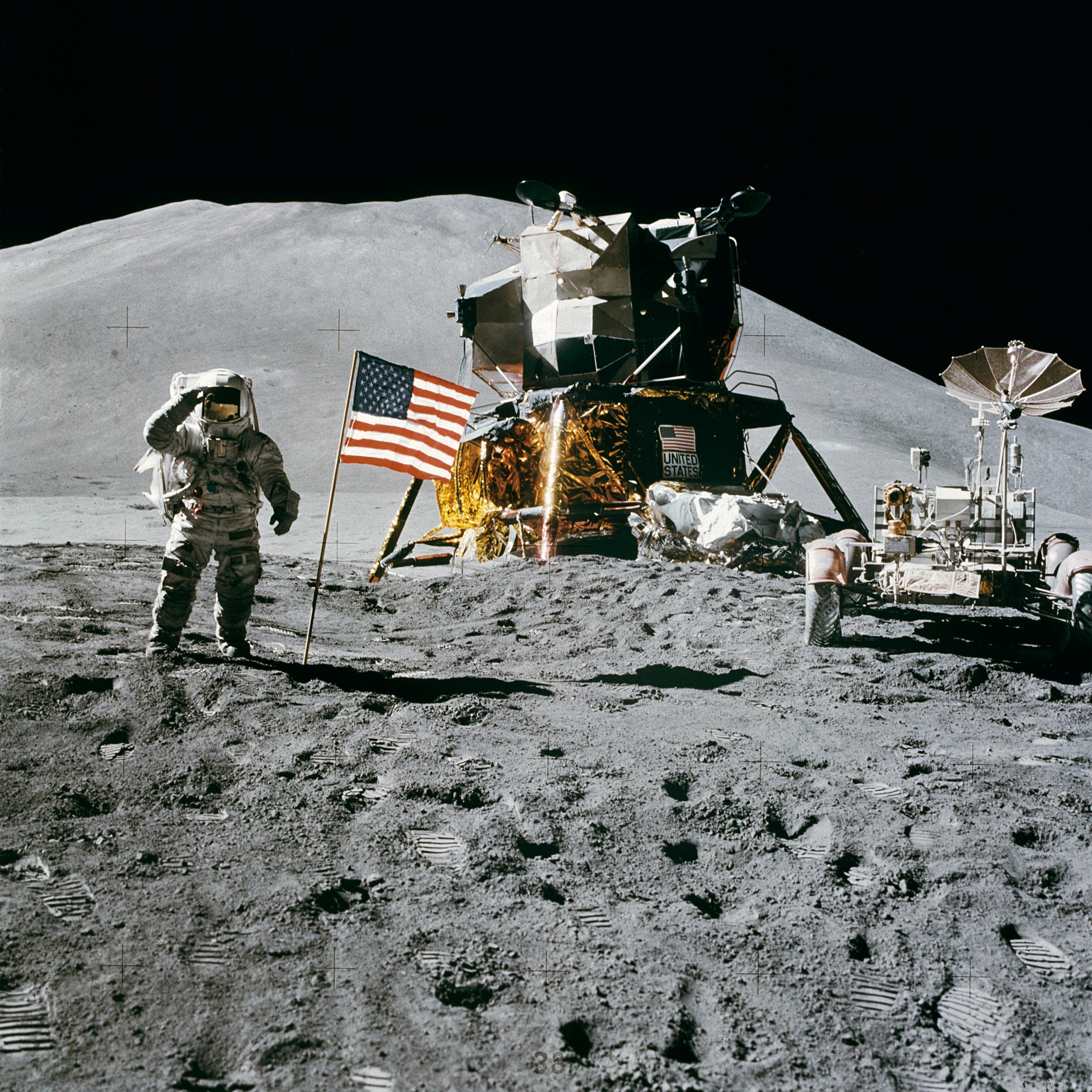China’s massive Victory Day military parade on September 3, 2025, marked a historic moment in global geopolitics as Chinese leader Xi Jinping stood alongside Russian President Vladimir Putin and North Korean leader Kim Jong Un in an unprecedented display of authoritarian unity. The largest military parade in Chinese history showcased advanced weapons systems while sending a clear message about shifting power dynamics in the Asia-Pacific region.
Historic Coalition of Authoritarian Powers
For the first time in 66 years, a North Korean leader attended a Chinese military parade, with Kim Jong Un’s presence representing a significant diplomatic milestone since his grandfather Kim Il Sung’s attendance in 1959. The visual of Xi Jinping, Putin, and Kim standing together publicly demonstrates the strengthening alliance between these three nations against Western influence.
The gathering included 26 foreign leaders who accepted China’s invitations, with Iranian President Masoud Pezeshkian also in attendance, marking the first time these four leaders appeared together at a single event. This coalition represents a direct challenge to the American-led international order that has dominated global politics since World War II.
President Trump responded immediately on Truth Social, posting: “Please give my warmest regards to Vladimir Putin and Kim Jong Un, as you conspire against the United States of America.” This direct acknowledgment of the alliance’s anti-American nature underscores the strategic implications of this unprecedented gathering.
Advanced Military Technology on Display
The parade showcased China’s remarkable military modernization with over 12,000 People’s Liberation Army troops displaying sophisticated weaponry that demonstrates the nation’s growing technological capabilities. Every piece of equipment shown was domestically produced and serves as active-duty main battle equipment, highlighting China’s achievement of military self-sufficiency.
Among the most significant reveals were large unmanned stealth fighter designs, with at least five new drone systems displayed publicly for the first time. These advanced unmanned combat vehicles represent a new generation of warfare technology that could reshape military strategy in the Pacific theater.
The weapons array included hypersonic missiles capable of penetrating existing defense systems, nuclear-capable weapons, anti-ship missiles designed to counter American naval power, undersea drones for submarine warfare, air-defense laser systems, and even military robot dogs. This technological showcase demonstrates China’s comprehensive approach to 21st-century warfare across all domains.
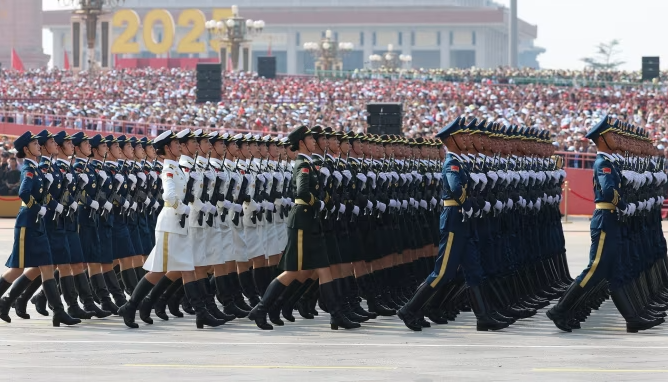
Xi Jinping’s Warning to the World
Speaking to 50,000 spectators, Xi Jinping delivered a pointed message about global power dynamics: “Today, humanity is again faced with the choice of peace or war, dialogue or confrontation, win-win or zero-sum.” This statement, delivered while standing next to Putin and Kim, clearly positioned China as leading an alternative to American global leadership.
Xi declared that the Chinese people “firmly stand on the right side of history,” a direct challenge to Western claims of moral authority in international affairs. The timing and context of this statement, surrounded by massive military displays and authoritarian allies, signals China’s readiness to back diplomatic positions with military force.
The parade commemorated the 80th anniversary of World War II’s end, but Xi’s messaging focused more on contemporary geopolitical challenges than historical remembrance. This forward-looking approach demonstrates China’s confidence in its growing global influence and military capabilities.
International Reactions and Strategic Implications
Japan urged European and Asian leaders not to attend the parade, citing concerns about anti-Japanese sentiment and regional stability. Taiwan’s Mainland Affairs Council condemned the event’s cost and characterized China’s actions as “fascism masquerading as nationalism,” highlighting the regional tensions surrounding China’s military expansion.
The parade’s closed nature – with shuttered windows and empty offices throughout Beijing – demonstrated the Chinese government’s control over public messaging and its determination to project strength without allowing uncontrolled civilian interaction with foreign dignitaries.
American strategic analysts view this parade as confirmation of the emerging “axis of authoritarianism” that challenges democratic nations’ influence in global affairs. The visible unity between China, Russia, North Korea, and Iran suggests coordinated opposition to American foreign policy objectives across multiple theaters.
America’s Strategic Response Required
The parade’s timing and guest list send unmistakable signals about China’s global ambitions and alliance strategies. With advanced military technology, strengthened authoritarian partnerships, and clear messaging about challenging American leadership, China has demonstrated both capability and intent to reshape the international order.
For American policymakers, this display represents a wake-up call about the coordinated nature of authoritarian opposition to democratic values and institutions. The alliance between China, Russia, North Korea, and Iran – each possessing significant military capabilities and regional influence – requires comprehensive American strategic response.
President Trump’s immediate recognition of this “conspiracy against the United States” demonstrates American awareness of the challenge, but effective response will require sustained commitment to strengthening democratic alliances, advancing military technology, and maintaining American leadership in the Asia-Pacific region. The stakes of this new Cold War dynamic could not be higher for American interests and global stability.
